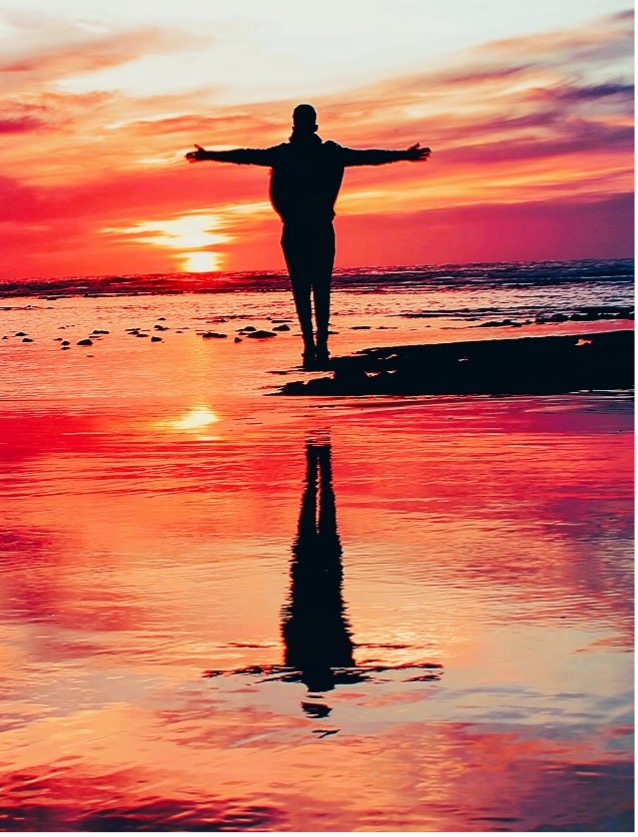Rachel Michael is a dance movement therapist and lay pioneer who has started a new project which offers an embodied approach to spirituality and wellbeing. Here she offers an insight into this beautiful ministry.

Movement is a sign of life, and dance is often associated with times of communal celebration, hence ‘there is a time to dance’ as the well-known phrase from Ecclesiastes reminds us. The Psalms give examples of movements, or gestures, that express a whole range of emotions. Whether in times of joy or other seasons of our lives, it can be liberating and empowering to give shape and form to our experience through the language of movement.
Movement educator, Rudolf Laban, observed that movement has always been used for two different aims: the attainment of tangible values in all kinds of work, and the approach to intangible values in prayer and worship. In our culture we are familiar with the first of these possibilities, so we typically view movement as a means to an end – to get from A to B, for example, or to reach down to pick something up. We are also familiar with competitive movement, or movement that keeps us fit. But we are not so used to moving in a creative, open-ended way that helps us to connect with our inner world.
Photo by Mohamed Nohassi from Unsplash
This more process-oriented, exploratory and mindful approach to movement is something that I learned through training in dance movement therapy some years ago. Since that time I have found it to be a hugely enriching resource both for my own spiritual development and wellbeing, and in facilitating such work with others. As a lay pioneer, I feel called to share this accessible, gentle and therapeutic approach to movement more widely and am doing this through a project called “Embodied Perspective: Introducing an Embodied Approach to Prayer, Reflection and Healing”.
The Embodied Perspective website provides more information, and this page in particular includes a video in which I share some thoughts about how movement can be a resource for prayer.
You might also like to try the guided movement meditation which is included on the same page. If this is something new for you, the important thing to remember is that there is no right or wrong; it’s not about what you look like or how skilfully you move. It’s really about ‘tasting’ the movement – seeing how it feels, and what it might impart or express. So try to focus on that – on the sense of your body moving and the life that you experience through the movements. Notice what you enjoy, what feels good, what brings energy, consolation or release. And if you lose concentration, that’s not a problem – just gently and kindly bring your attention back to your movements, to your breathing, and the moments of stillness as well.
If time is short, even taking a moment during the day to bring your attention to how your body feels can be a helpful aid in remembering that God is present with us always. Such moments help us to remember that, as St Paul has said, ‘in Him we live and move and have our being’.
If you would like to know more about Embodied Perspective including retreats, quiet days, workshops, individual and online sessions please email: rmmichael2010@gmail.com






